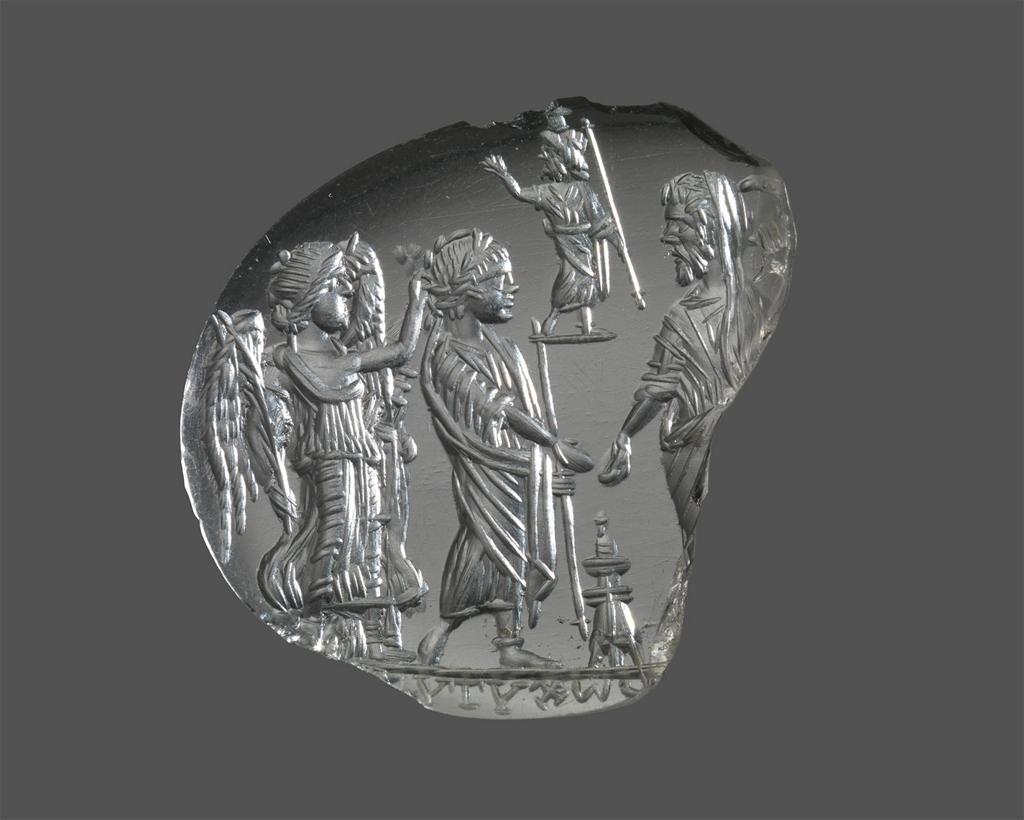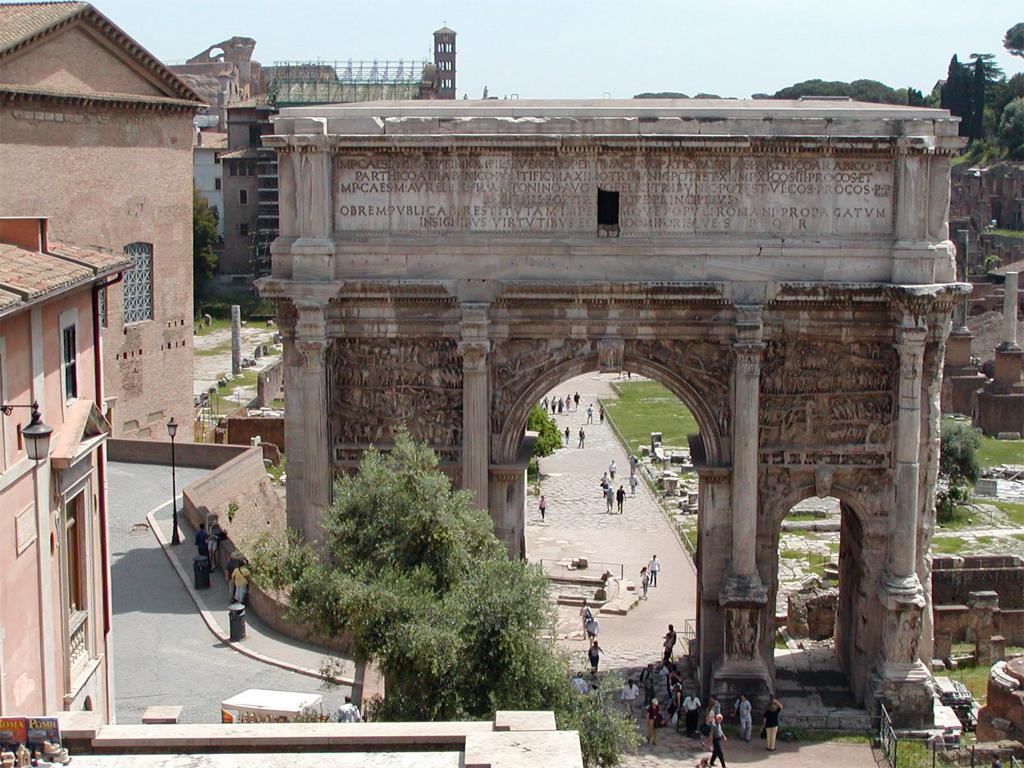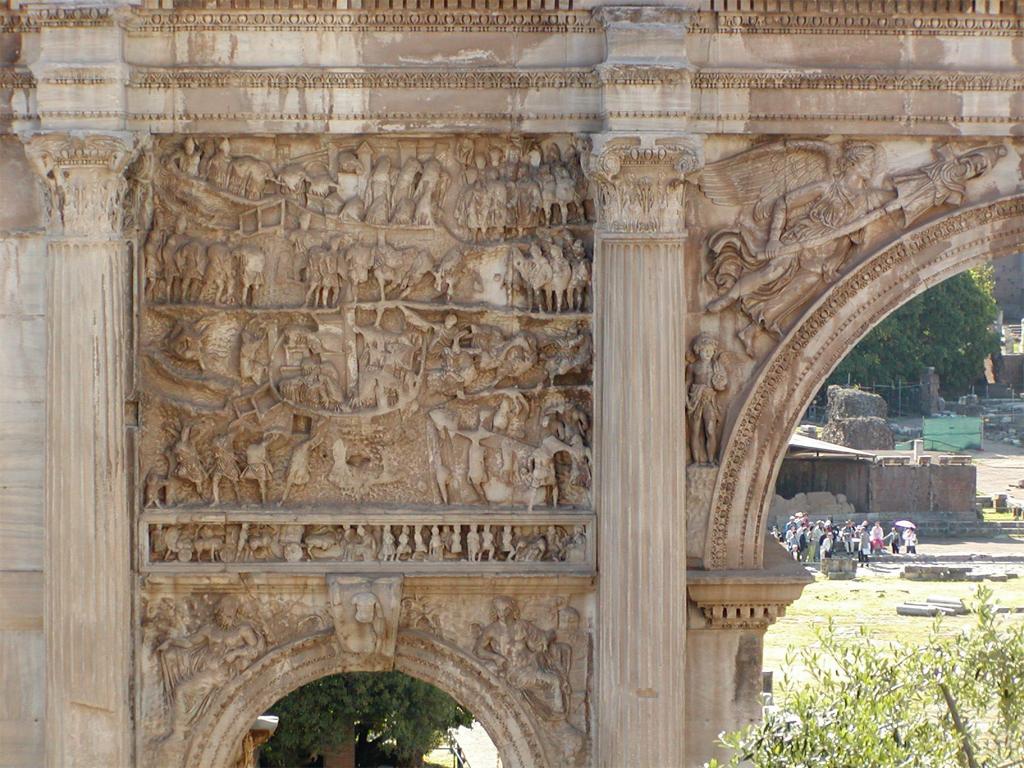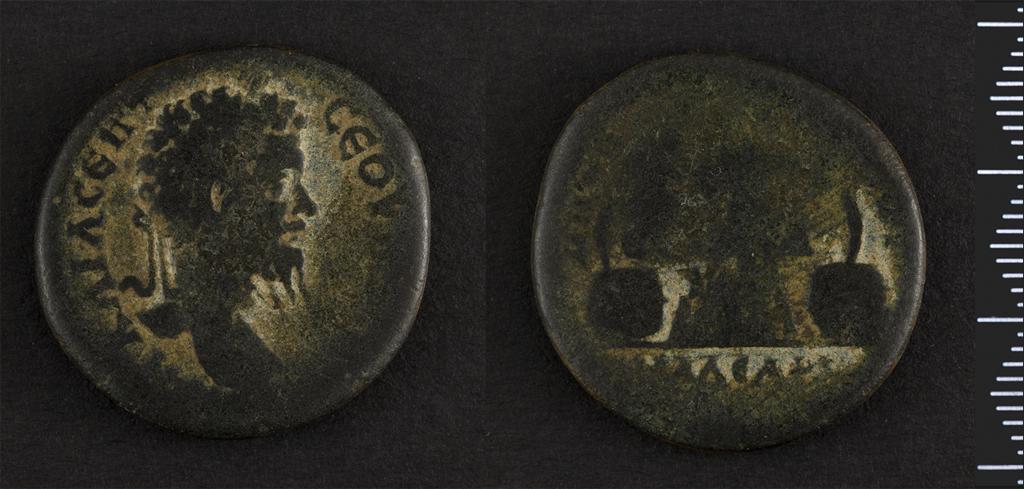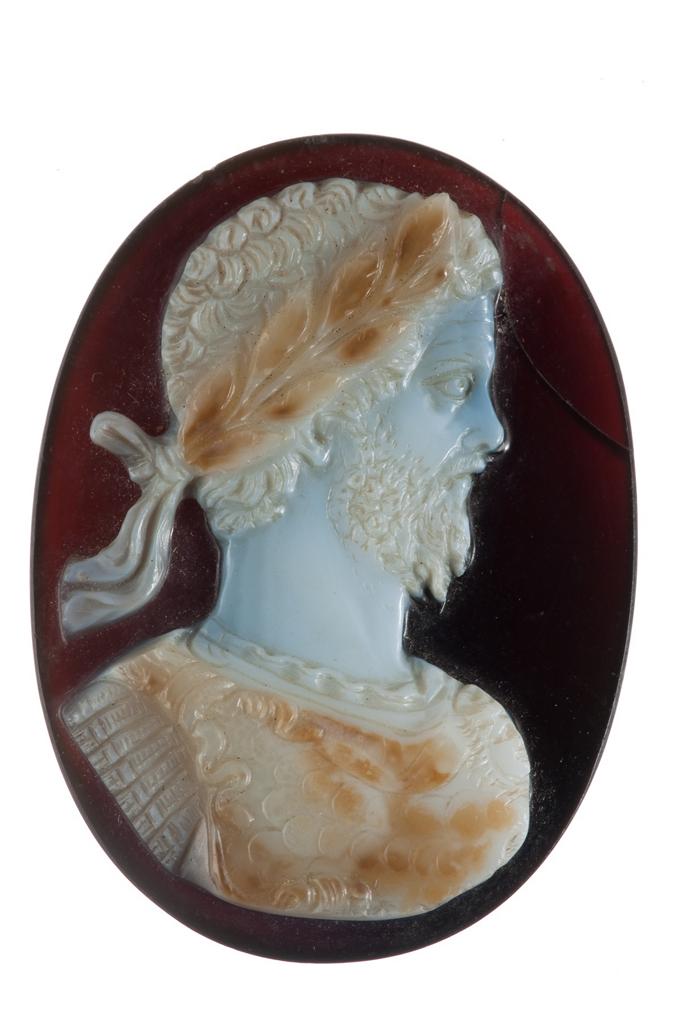Lucius Septimius Severus became Emperor of Rome on 14 April 193 and remained in power until his death in early 211. Born in 145, Septimius Severus descended from the Libyan Lepcis Magna Septimius came from a locally prominent Punic family who had a history of rising to senatorial as well as consular status.
His first visit to Rome was around 163 during the reign of Marcus Aurelius and Lucius Verus. He was protected by his cousin Caius Septimius Severus and entered the Roman Senate in 170.
Septimius’ rise to emperor began with the murder of the dissolute ruler Commodus on the last day of 192. Commodus’ immediate successor, the well-respected Pertinax, was quickly made emperor afterwards. Pertinax’s actions as emperor, however, enraged members of the Praetorian Guard who disliked his efforts to enforce stricter discipline. Moreover, the inability of Pertinax to meet the Guard’s demands for back pay led to their revolt which ended in the emperor’s assassination.
The Praetorian Guard then cynically proceeded to auction off the imperial throne to the highest bidder with the person willing to pay the most being promised the support of the Praetorian Guard and therefore the imperial throne. A rich and prominent senator, M. Didius Julianus, perhaps as a joke at first, proceeded to outbid all others at the auction and thus was proclaimed emperor by the Praetorians solely for the reason that he promised to pay them the most money, which continued to cause considerable unrest. After securing the loyalty of the sixteen legions of the Rhine and Danube to his cause, Septimius marched into Italy and was recognized by the senate as emperor.
In Rome as well as in Lepcis Magna and throughout the Mediterranean he conducted an energetic program of monument building, providing colonnaded streets, a new forum, a basilica, and a new harbor for his hometown. He also used this time to crush the desert tribes (most notably the Garamantes) who had been harassing Rome’s African frontiers.
Severus and his son Antoninus campaigned in the north, especially in what is now Scotland; he became ill there, and died at Eburacum (York).
Reference: Patrick Hurley. “Septimius Severus,” The Ancient History Encyclopedia, 2011. [https://www.ancient.eu/Septimius_Severus/]
Rock Crystal Intaglio Depicting Septimius Severus, Caracalla and Victory before an Altar, inscribed in Greek “eutychos” (for Good Fortune), 209-212. Michael C. Carlos Museum at Emory University Collections Online, Nr. 2003.025.002.
Cappadocia Bronze Coin (Mint: Caesarea/Smyrna), 193-211. Division of Rare and Manuscript Collections, Cornell University Library, Nr. 913.
Imperial Roman Bronze, Lucius Septimus Severus; Severus laureate, Mount Argaeus, on each side of which, (Agonistic) urn containing palm branch, c. 200.
Niccolò Nelli, Emperor Septimius Severus Pertinax (L. Septimus Severus Pertinax Aug. Imp. VII) plate 20, 1568. Iconum XXIIII. Caesarum a Iulio incipienti? ad Heliogabalum successive desinenti? ab eorum numismatibus ad vivum expressarum liber primus. Venice: Typis Aeneis Lucae Guarinonii. Warburg Institute: Renaissance and Baroque Book Illustrations.
Arch of Septimus Severus, c. 203. Photo by Dr. Sara N. James.
Cameo of Septimus Severus, Sardonyx in three layers, c. 200. The John and Mable Ringling Museum of Art, the State Art Museum of Florida, a division of Florida State University, Nr. SN1435.29.
Further Reading: Mary Taliaferro Boatwright, Richard J. A. Talbert, and Daniel J.Gargola.The Romans: From Village to Empire. New York: Oxford University Press, 2004.
Dana Arnold and Andrew Ballantyne. Architecture As Experience: Radical Change in Spatial Practice. London: Routledge, 2004.

